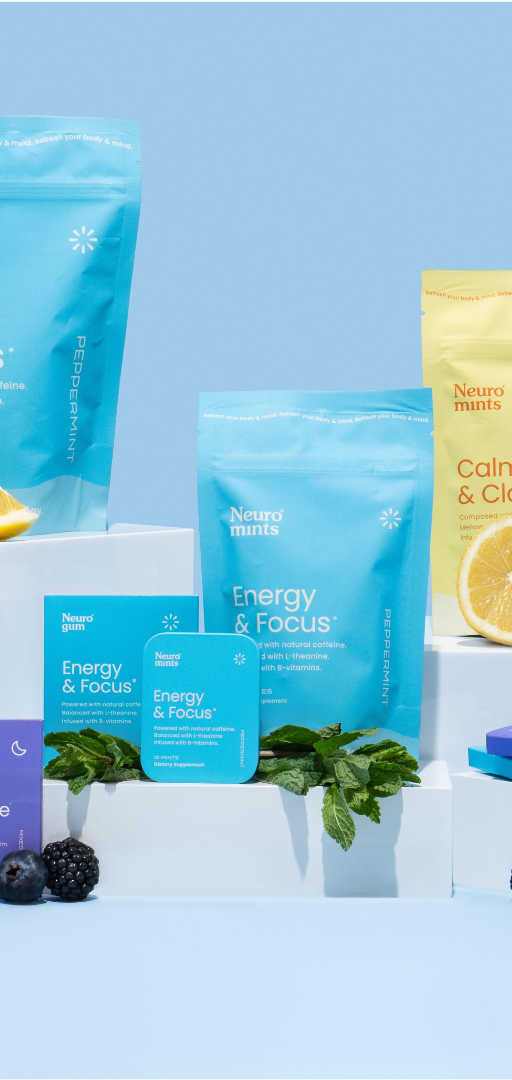Team NeuroGum likes to eat healthy, but we also like saving dollar bills. After doing our proper research, we realized that we had been sold the idea that several healthy-looking labels on the food we were purchasing actually meant they were healthier. Turns out many of these labels can be next to meaningless, used to convince us all to pay extra for food with few nutritional advantages.
1. Hormone-Free

Turns out that all pork and chicken are always hormone free. That's right. Even the cheapest bacon and eggs you can pick up are hormone-free. This is because the USDA does not allow the use of hormones in the raising of pork or poultry. Check out the rule here.
Instead of looking for this label, try seeking out "USDA Organic" instead. Yeah, you'll still be paying a little extra, but at least it won't be for nothing.
2. Multigrain

More than one grain sounds better than one grain, right? Right?
That's what they're counting on.
With bread you want to avoid any ingredients that use the word "enriched", and look for bread that has either "whole wheat" or "100% whole grain". This way instead of just getting several different kinds of heavily processed grains (with a touch of molasses so it looks more healthy), you will actually get bread that is more nutritious.
3. Free-Range and Cage-Free

Many years ago, I watched a documentary that convinced me it was a good idea to buy only free range eggs. My heart was in the right place, but unfortunately this label does not actually mean that the chickens were living happy lives wandering around in the sun. The USDA only requires access to an outdoor area in order for eggs and chicken to earn the "free-range" label, and this outdoor area can be one small fenced in area attached to the building where the chickens actually live.
That building, as you may have seen, is often one large room full of chickens packed like sardines with little room to move, too heavy to walk and thus sitting in their own waste. This building and these terrible conditions, sans outdoor area, is all you need to earn the Cage-Free label, so don't think that you're saving the world buying cage free.
Fortunately there are labels to look for. "Certified Humane", "American Humane Certified", and "Animal Welfare Approved" are the ones that indicate meaningfully better treatment of the animals. Don't spend the extra money on farmers who have figured out loopholes for how to mistreat the food you're after.
4. Local

Buying local is a noble idea. It supports the community around you, and it sort of implies that the food was raised on a smaller scale where higher quality is expected.
But like any appealing label, it's abused. If you're at a big chain grocery store seeing "local" foods, odds are they have a more loose definition of the word than you do.
To grocery stores (including Whole Foods), "local" means anything from "someplace in the same state", and "as long as it can make it from the farm to our shelves in less than 24 hours"
There's no alternate label to look for here. This is unregulated, so if you want truly local foods, time to check out your local farmer's market.
5. Black Angus

Kind of says it all, doesn't it?
This one is pretty simple to break down: Black Angus is just a breed of cattle. Just a different kind of cow. No better quality, just a cool sounding name that was used heavily during the nineties to imply quality, before Kobe took the title of fanciest sounding cow.
That means that when you buy Black Angus hot dogs, you're still just buying junk meat, from a cow with a cool name. Bummer.
There is a way to make sure you're getting one of the top two grades of meat though, and that's by looking for the "Certified Angus Beef" label instead. It's a seemingly minor difference, but if you truly want good beef for your burgers, don't settle for just "Black Angus".
Shop Intelligently
The thing to take away from this information is not to buy based on labels, or if you do, make sure you know which ones mean something and which ones just allow the store to sell the product for more money.
Do a little bit of research on your local stores, and after a few shopping trips you will start to be able to tell the difference between foods that are cashing in on trends, and those who are actually making a difference in the way they farm your food.

























